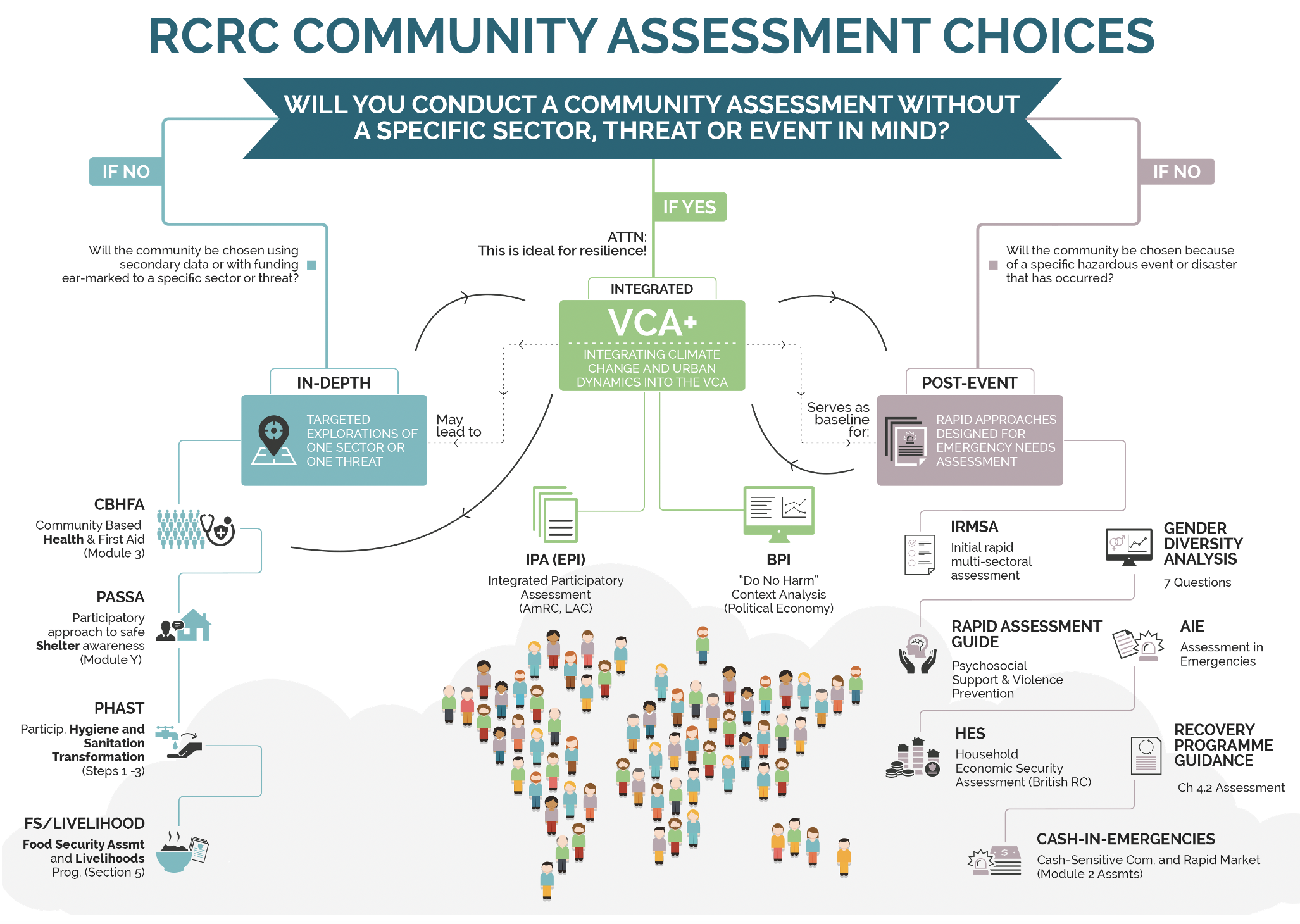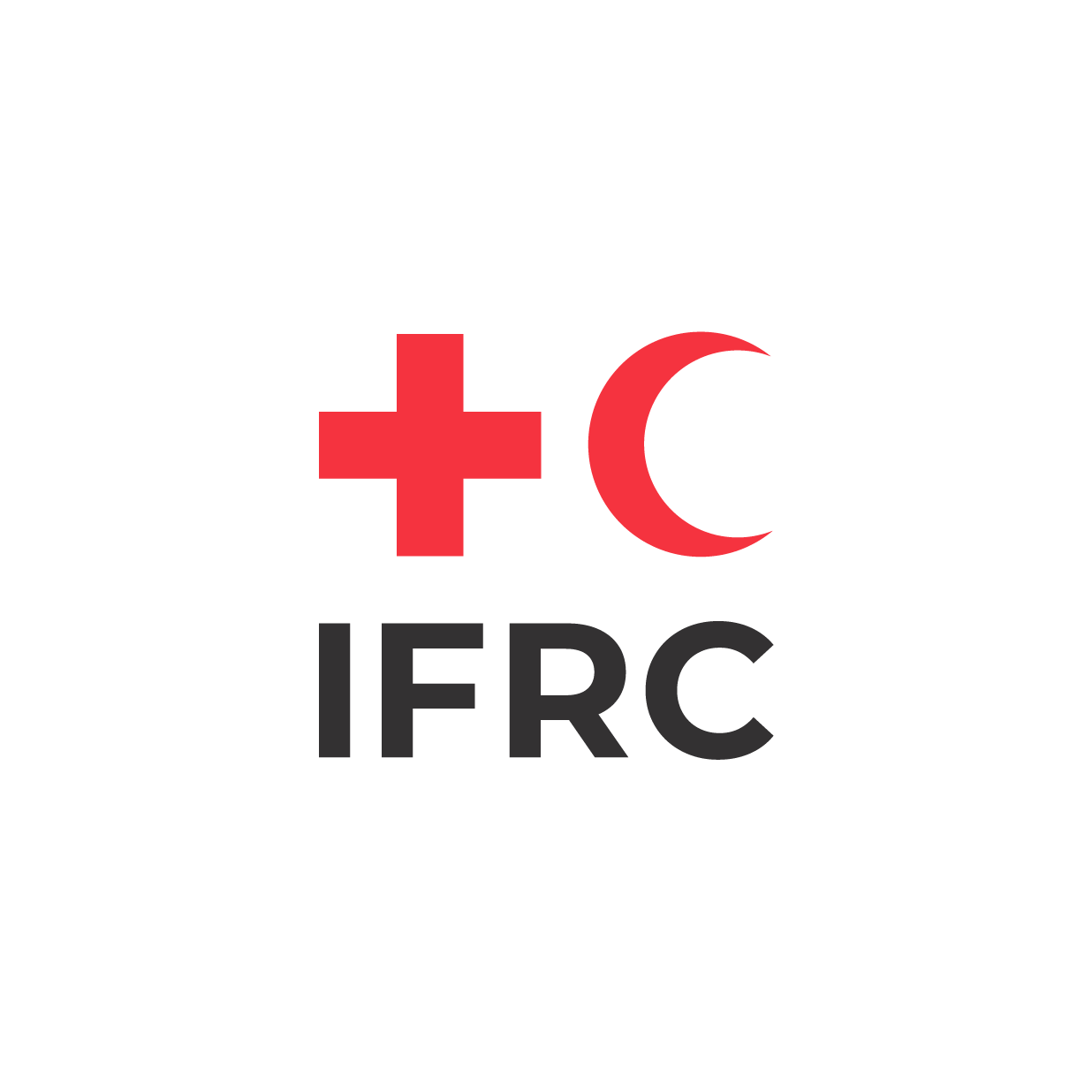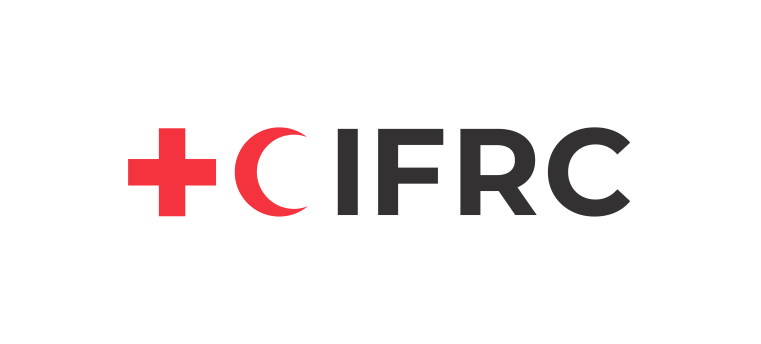Stage 2
Reference Sheet P
Red Cross Red Crescent community assessment approaches
An integrated risk assessment conducted by a National Society for the community will be of little use. If the community is not ready to lead the assessment, with enabling and coaching from the NS, this should be a sign that building resilience from within that community is premature. In this case, it is preferable for the NS to accompany them a bit longer, before enabling an integrated risk assessment.
If you select a community based on secondary data analysis specific to one sector (i.e., malaria prevalence), the NS should still assess risk holistically (with multi‑dimensional teams of volunteers and stakeholders), identify their priorities and help them explore real solutions. This applies even if malaria never makes it to the top of their priority lists. If a donor earmarks certain activities for disaster risk reduction, for example, or insists on a particular community, and you dismiss or downplay priorities cited by community members, such as education, water or livelihoods, you are not respecting the principle of impartiality. Your NS resilience team needs to bring open minds, problem‑solving skills and readiness to invest in systems thinking, bridging and partnership, which are the new resilience services of NS.
Study the options. The flow chart below begins by asking: Will you conduct a community assessment without a specific sector, threat or event in mind? Having answered that question, follow the chart to choose an assessment approach to use in the community. The three groups of approaches are fully complementary, and links between them are strong and growing:
- Once an integrated risk assessment has been applied (see green group in center), decide whether it makes sense to conduct an in‑depth assessment (purple group on left).
- While the assessment approaches in blue (right) are designed for use after a disaster or crisis, many of them can be adapted to strengthen an integrated risk assessment.
- Whenever possible, start by using the Enhanced Vulnerability and Capacity Assessment (EVCA) as a holistic process to capture community voices.

Review the materials provided for the chosen approach. Each approach contains many tools and methods. You may need to combine them. Gather ideas on how to adapt tools and identify the right methods to your context. No method or tool is ready to use without carefully adapting it to the local context. The right combination is one that works locally, leads to better understanding, and generates appropriate actions.
When you start with an integrated approach, you may find the need to go deeper into one sector thereafter. See the table below for links to the in‑depth sectoral assessment. Once your integrated or holistic in‑depth assessment is conducted, post‑event approaches will be able to draw on them for baseline, comparison data.
In‑depth community assessments
Dimensions and In‑depth assessments (and related programs) available inside RCRC
Knows and manages its risks
Is healthy
Can meet its basic water and sanitation needs
-
Participatory Hygiene and Sanitation Transformation (PHAST: Steps 1‑3), The International Federation software tools for long‑term water and sanitation programming.
Can meet its basic shelter needs
Can meet its basic food needs
-
Food Security Assessment: How to conduct a food security assessment.
Has diverse economic opportunities
Has well maintained and accessible infrastructure and services
-
Rapid Market Assessment (Module 2): Cash in Emergencies Tookit
-
Guidelines for cash‑transfer programming (Module 3 on Assessments)
-
Post‑disaster community infrastructure rehabilitation and (re)construction guidelines (Section 2.2 on Assessment)
Manages its natural assets in a sustainable manner
-
The Nature Conservancy. 2021. The blue guide to coastal resilience.
-
WWF. 2016. Natural and nature‑based flood management: A Green Guide.
-
IFRC. Forthcoming. Guide to eco‑DRR and nature‑based solutions.
Is socially cohesive
-
“Do No Harm” Context Analysis (Political Economy) in Better Programming Initiative
Is cohesive
Example: Social cohesion assessment: Quantitative and qualitative assessment of host‑refugee cohesion in three districts of Turkey – June 2107 (IOM 2018)
Is connected

The International Federation of Red Cross and Red Crescent Societies is the world's largest humanitarian network and is guided by seven Fundamental Principles: Humanity, Impartiality, Neutrality, Independence, Voluntary Service, Universality and Unity.
Follow IFRC
© The Global Disaster Preparedness Center 2024
